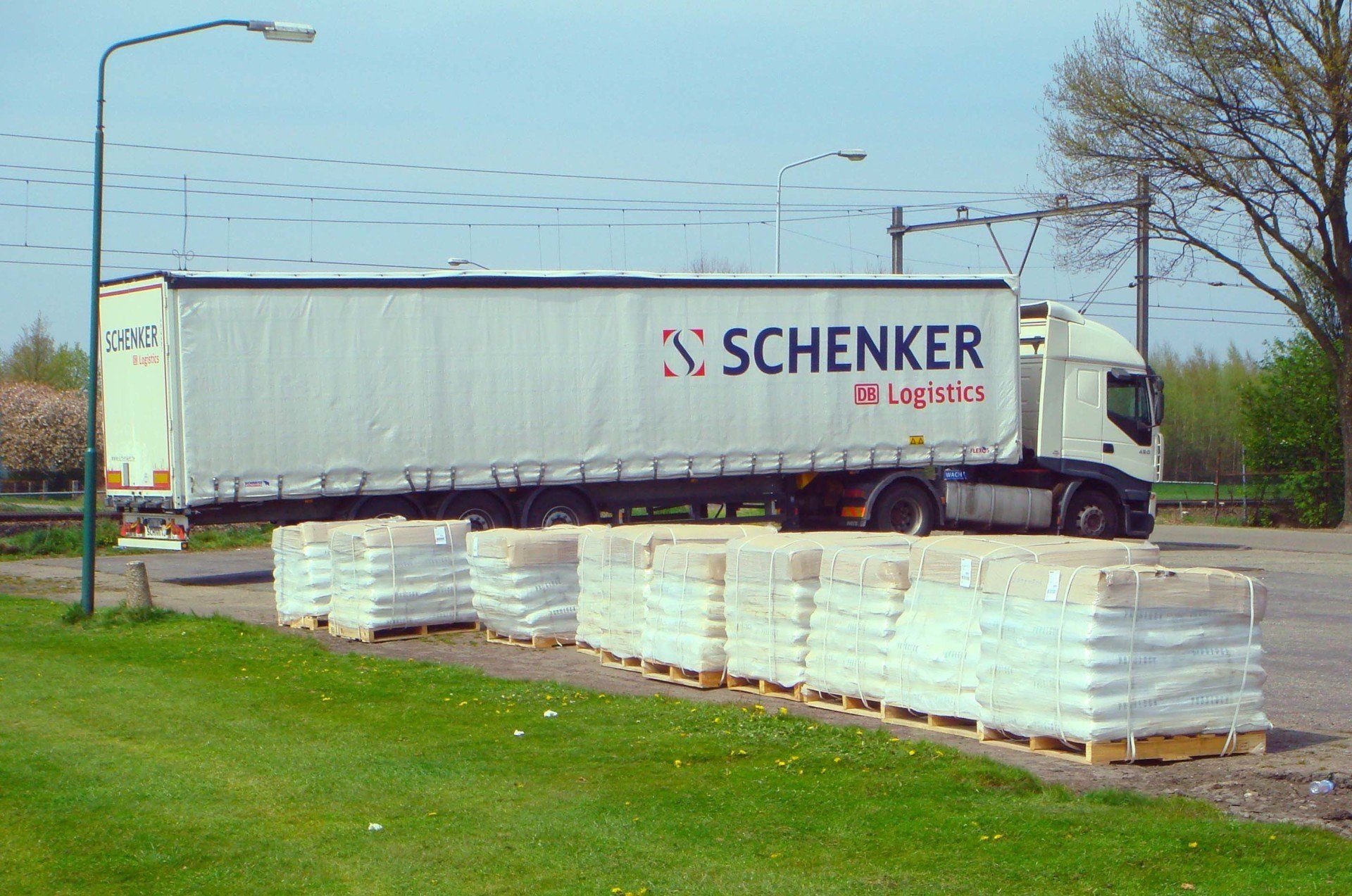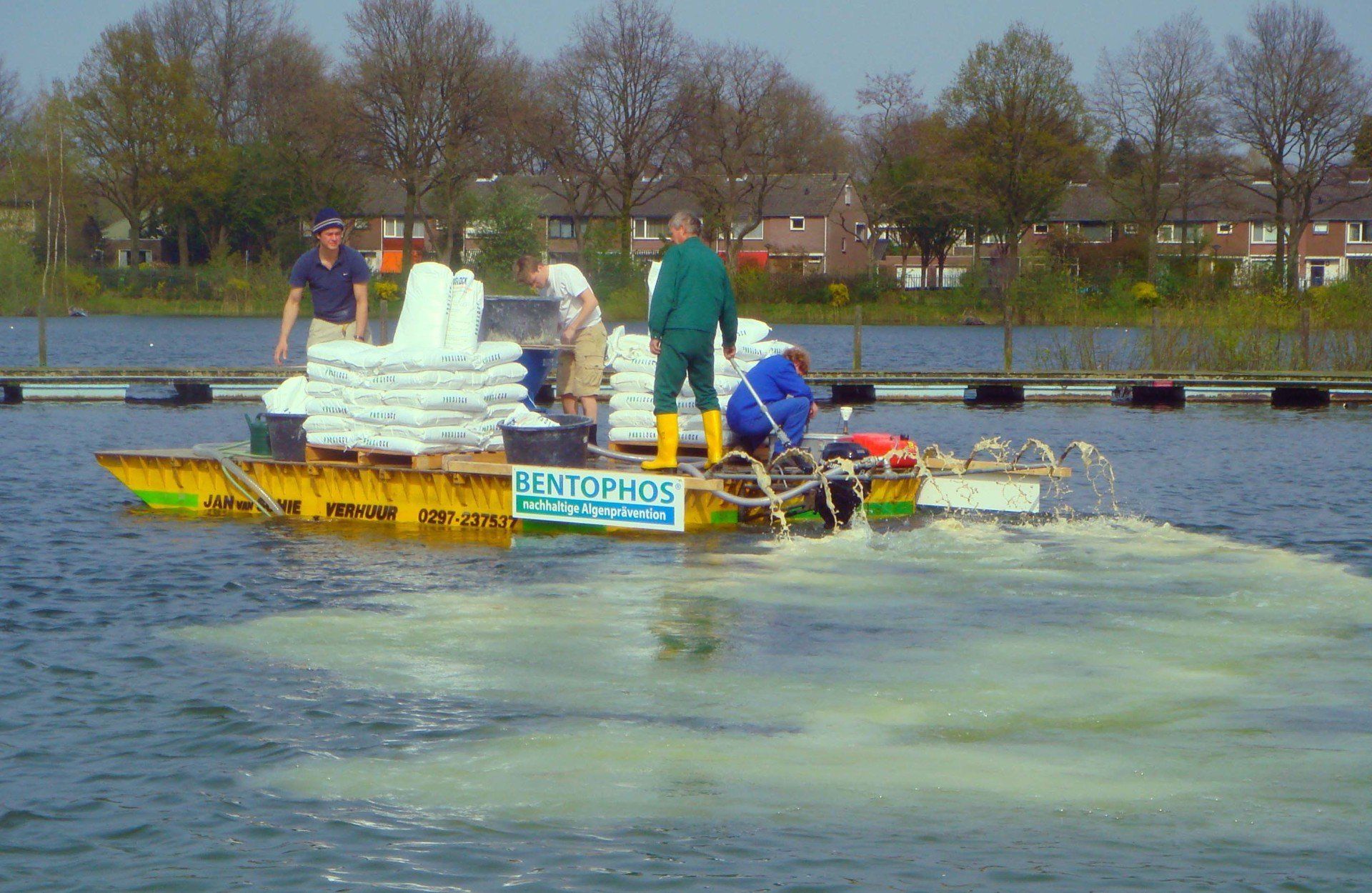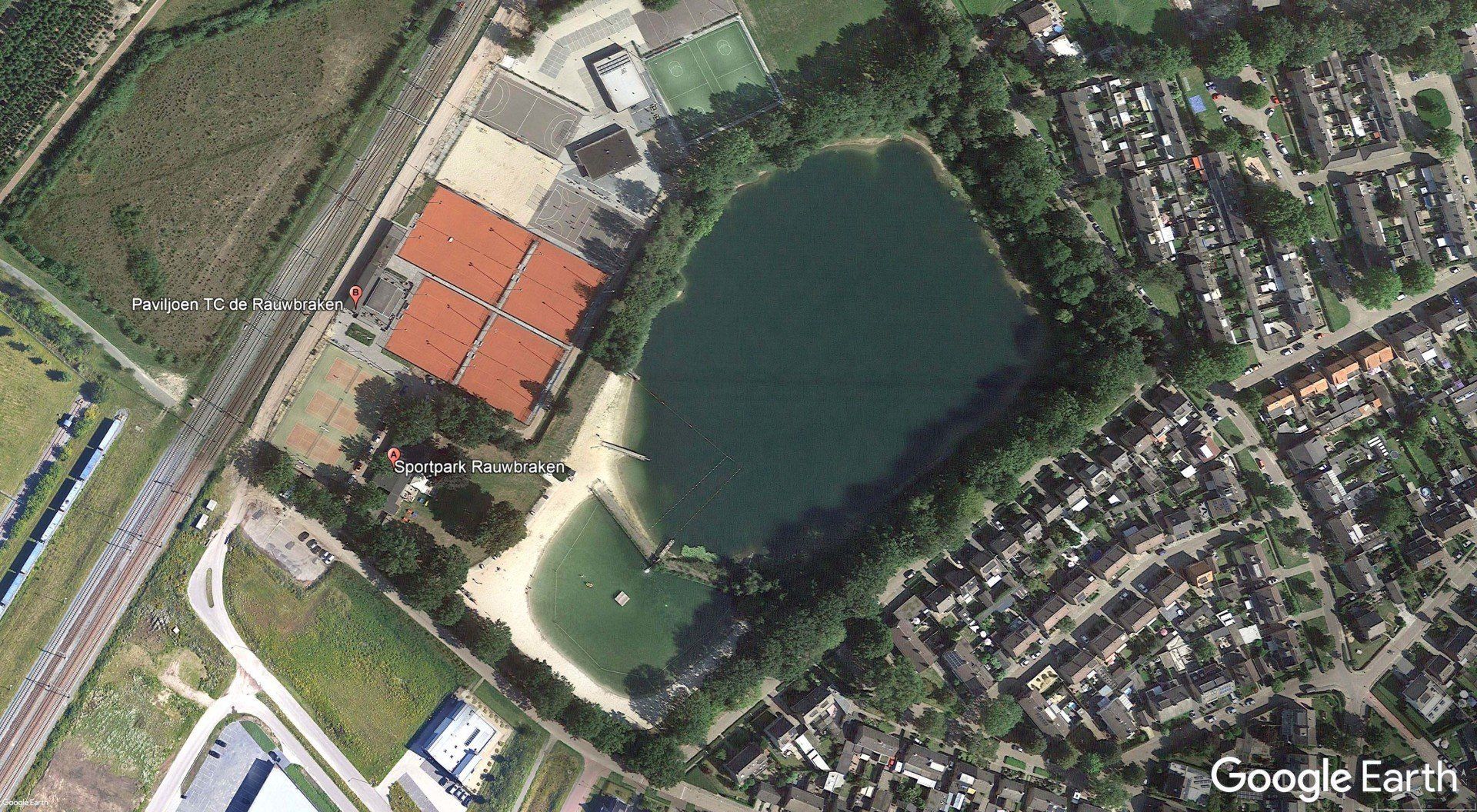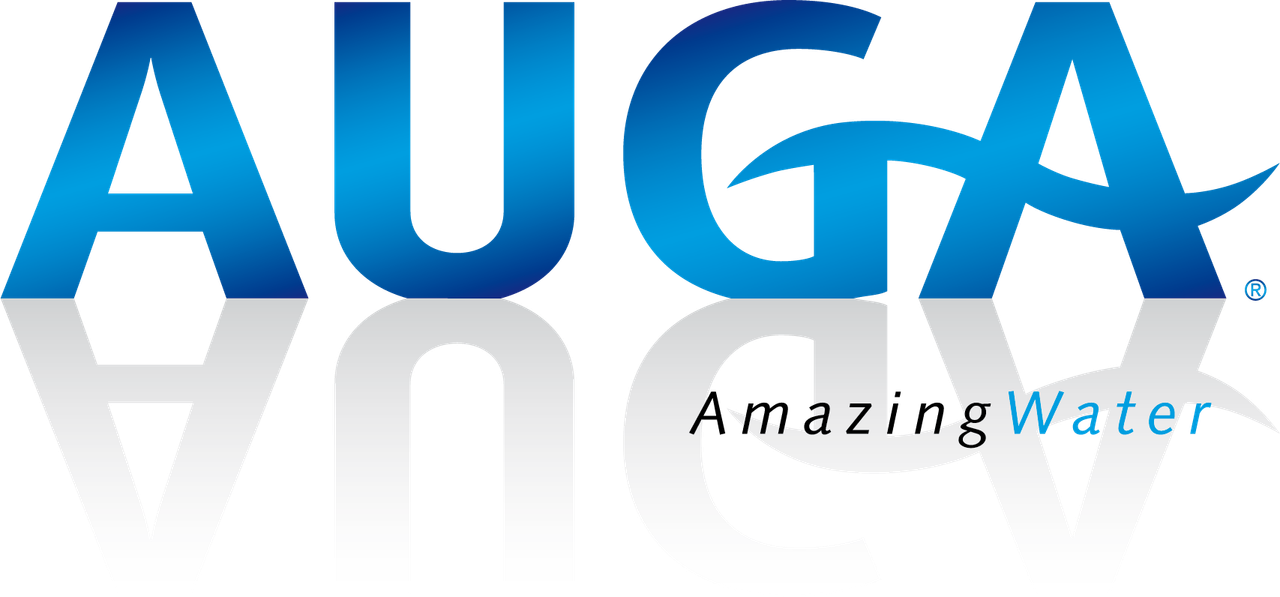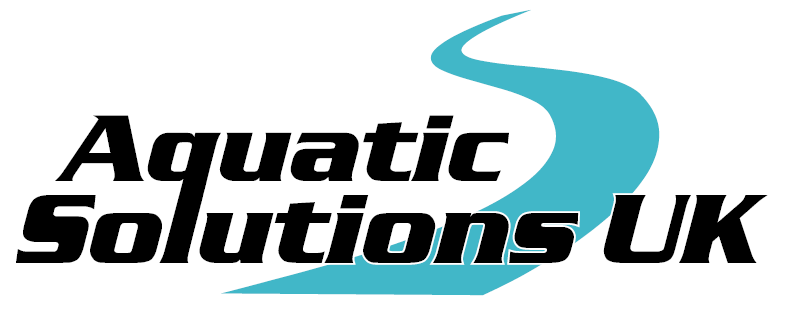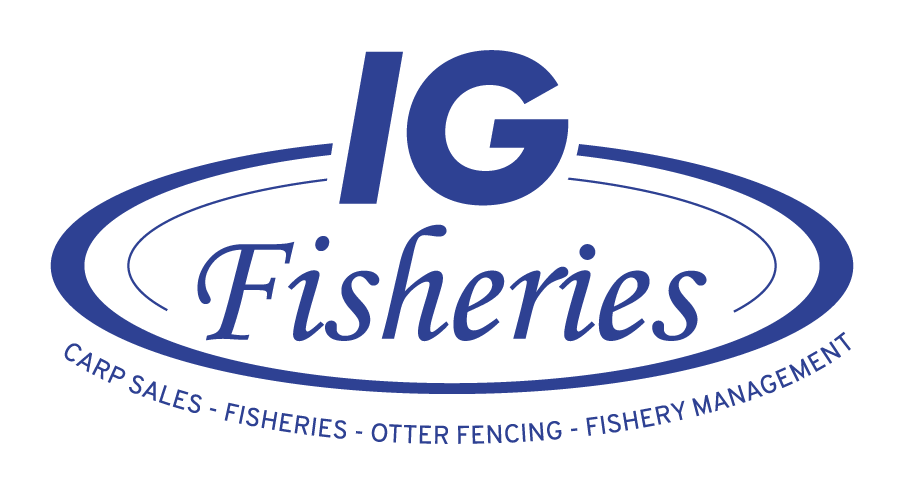De Rauwbraken, Netherlands
De Rauwbraken is a man-made recreational water body near Tilburg in the southern Netherlands and was treated in April 2008.
De Rauwbraken was created in 1967 by sand excavation and is approximately 4 hectares. The treatment was an initiative of the Aquatic Ecology Department of Wageningen University which proposed the lake be treated by a combination of a flocculent and Phoslock.
The aim was to flocculate the algal biomass to the bottom of the lake using the flocculent and then use Phoslock to capture any phosphate in the water column as well as phosphorus released from decomposing algae and the sediment.
Two tonnes of the flocculant and eighteen tonnes of Phoslock were applied. The treatment had an immediate and sustained effect on the lake’s appearance and ecological status. Algae and other particles were rapidly removed from the water column, with the result that the lake was able to reopen for swimming soon after the application, while phosphate and total phosphorus concentrations have remained at very low levels since the application. The diversity of fauna and flora in the lake are indicative of a healthy ecosystem.
Publications:
- Lürling, M., van Oosterhout, F., 2013a. Controlling eutrophication by combined bloom precipitation and sediment phosphorus inactivation. Water Res. 47 (17), 6527-6537.
- Van Oosterhout, F., Lürling, M., 2012. Effects of the novel ‘flock & lock’ lake restoration technique on Daphnia in Lake Rauwbraken (The Netherlands). J. Plankton Res. 33 (2), 255-263.
- van Oosterhout, F., Waajen, G., Yasseri, S., Marinho, M.M., Noyma, N.P., Mucci, M., Douglas, G. and Lurling, M. 2020. Lanthanum in Water, Sediment, Macrophytes and chironomid larvae following application of Lanthanum modified bentonite to lake Rauwbraken (The Netherlands). Science of the Total Environment. 706.
https://doi.org/10.1016/j.scitotenv.2019.135188















